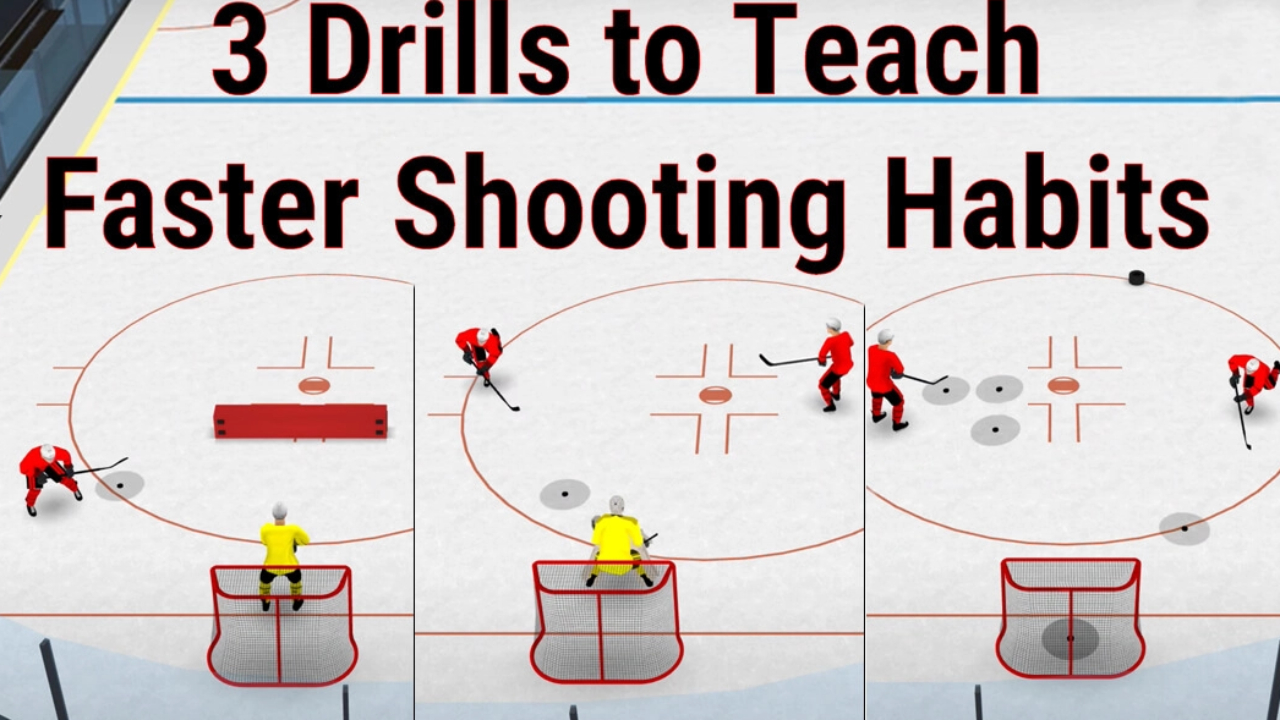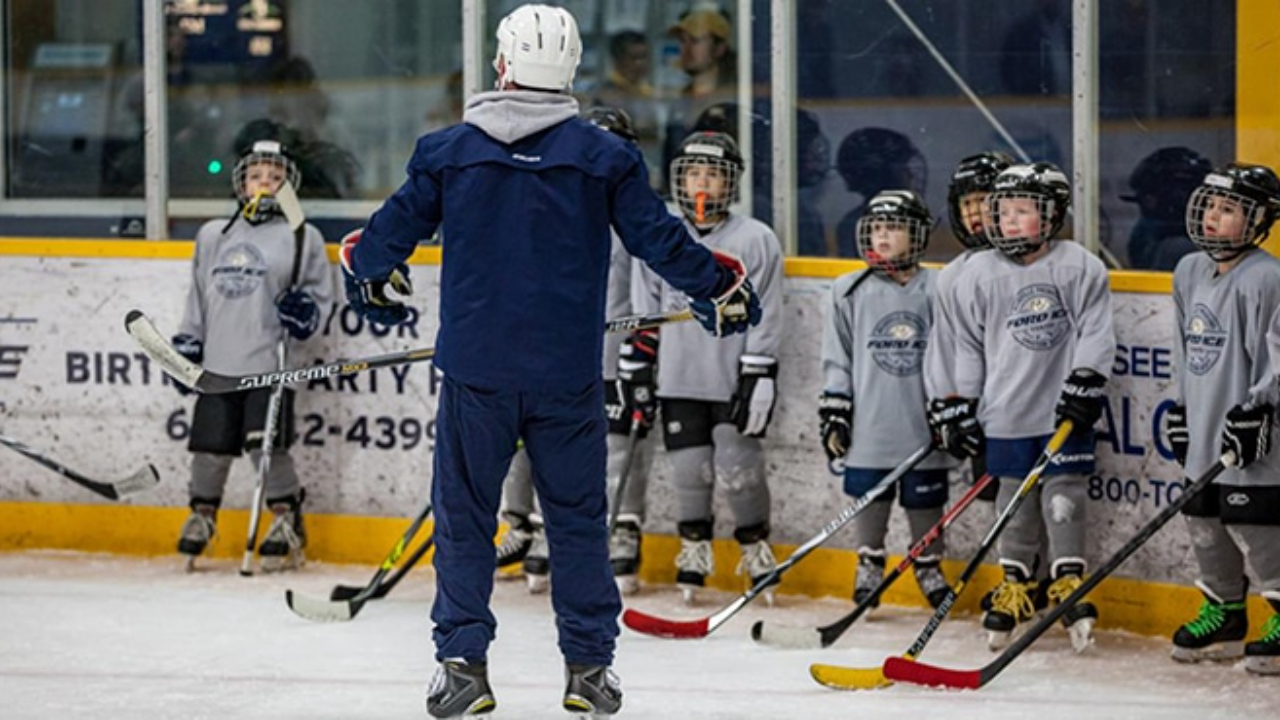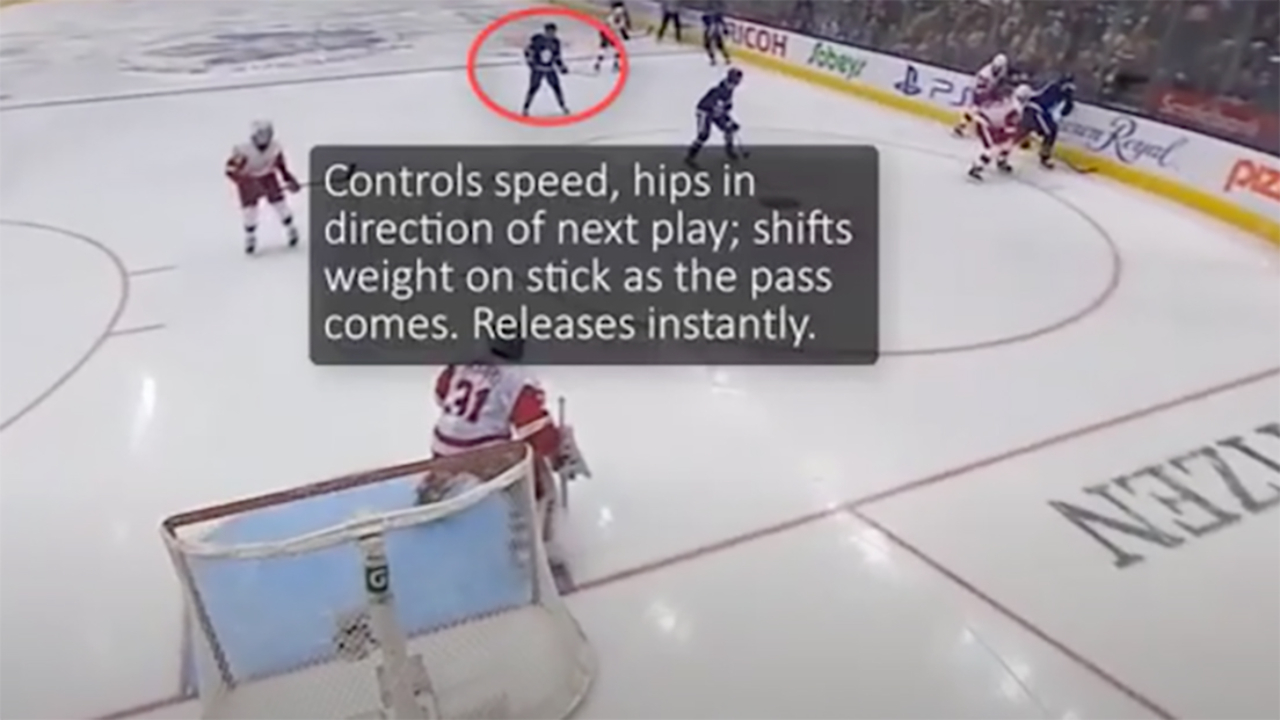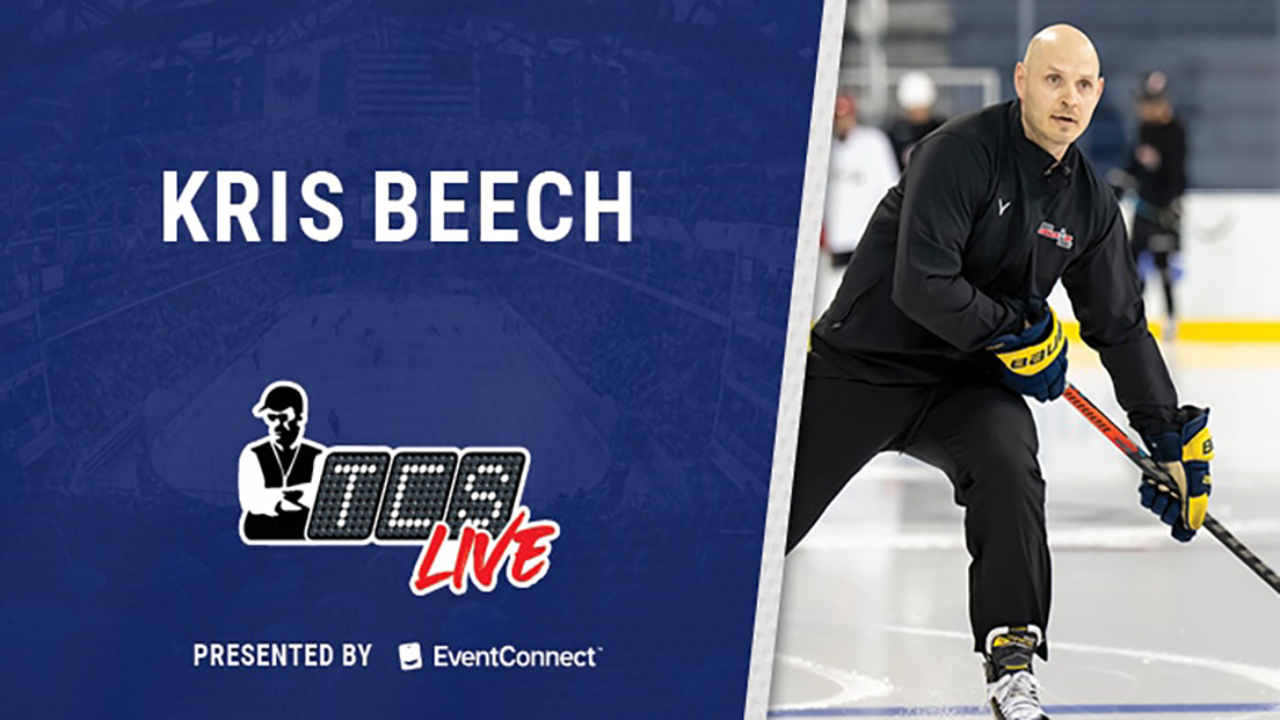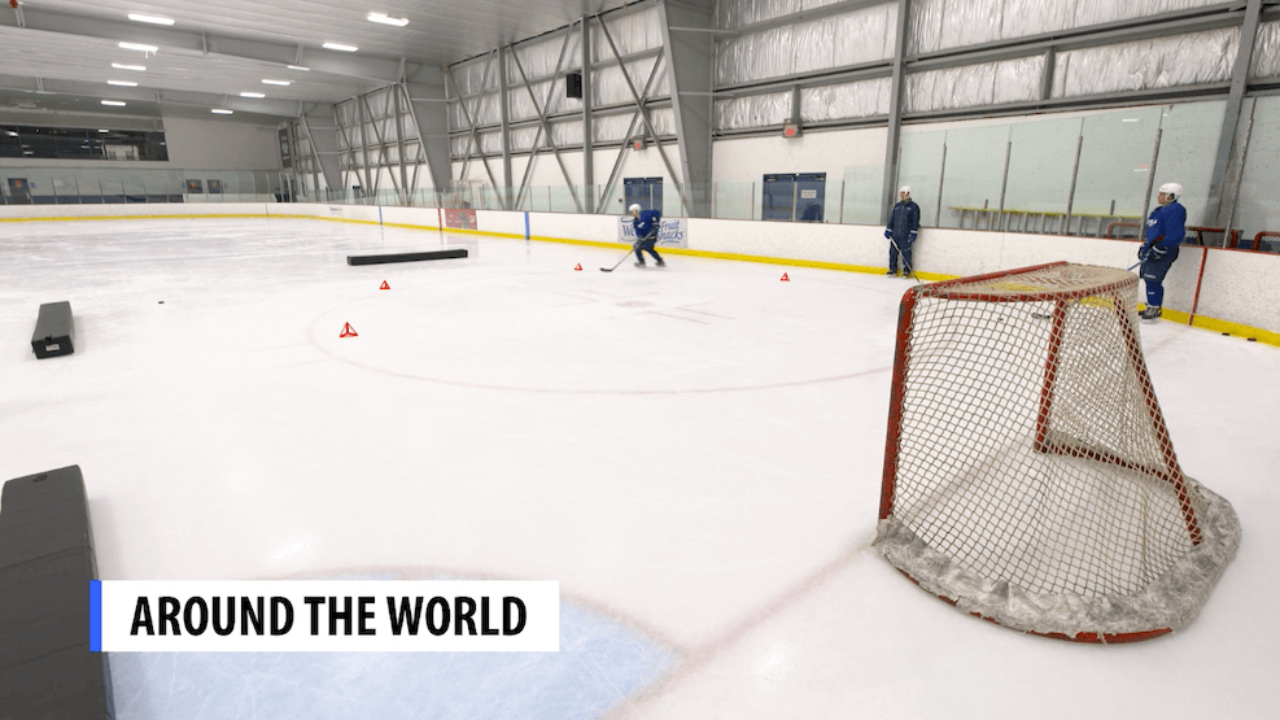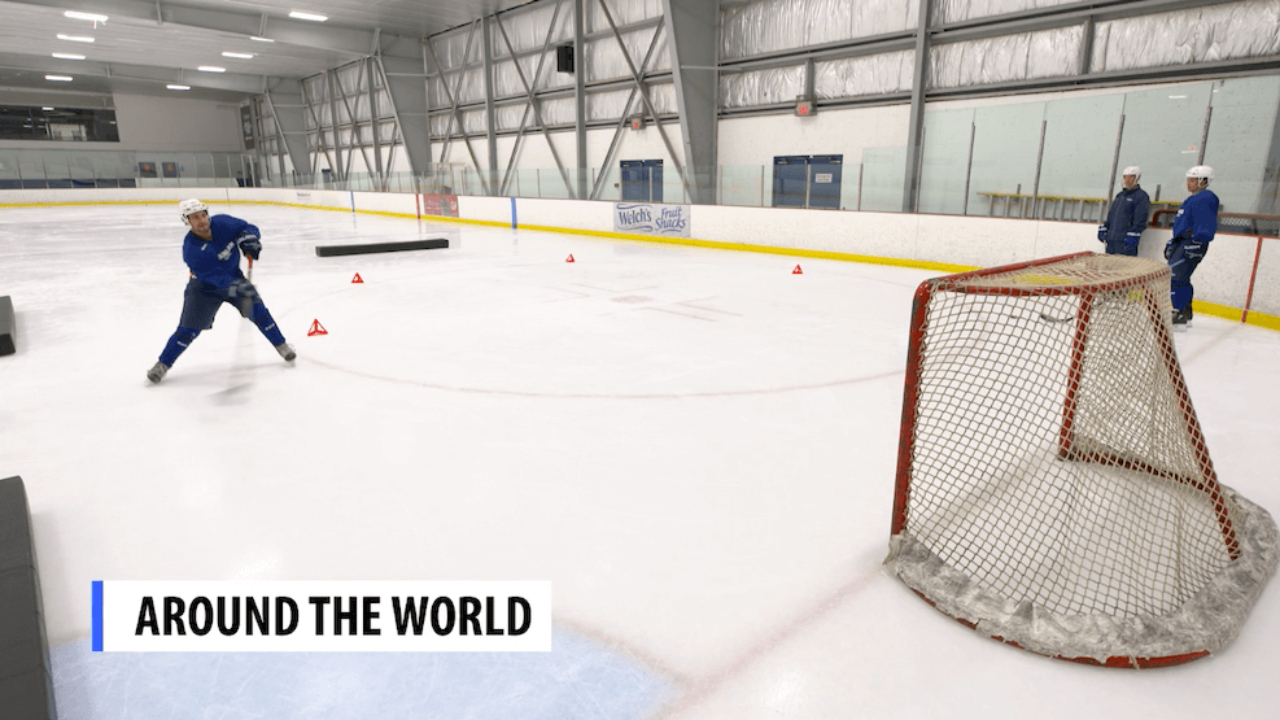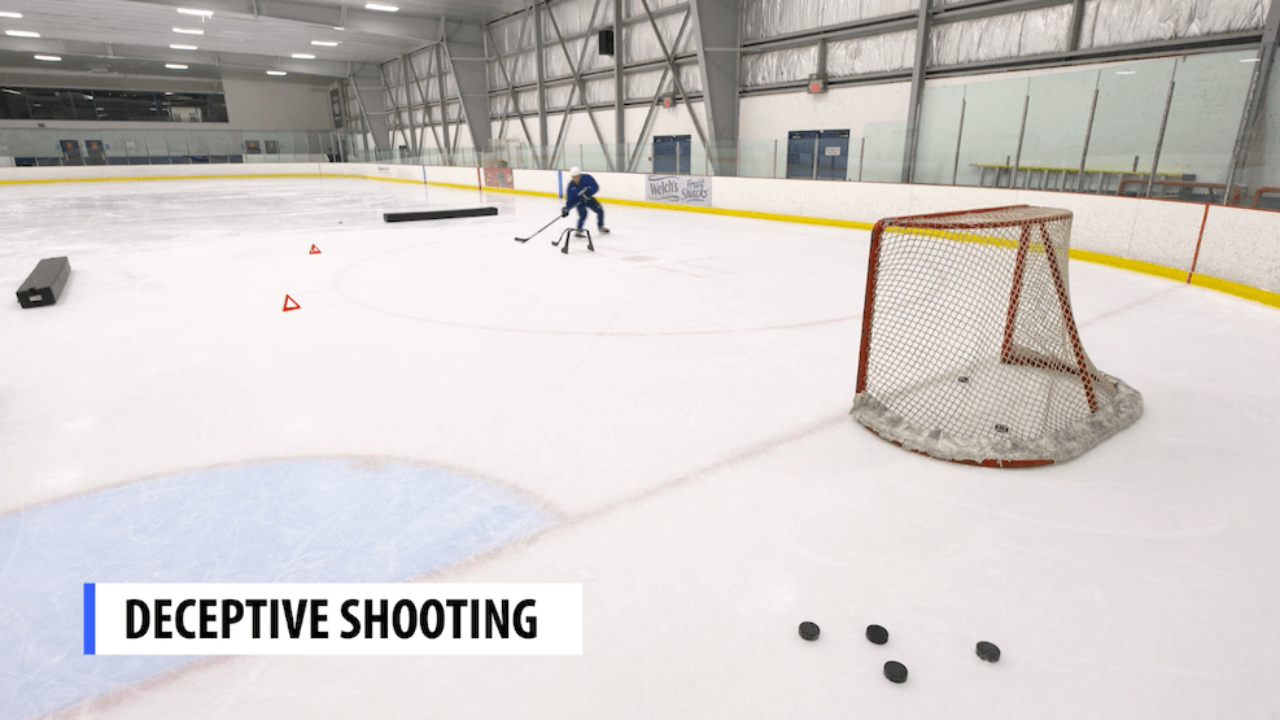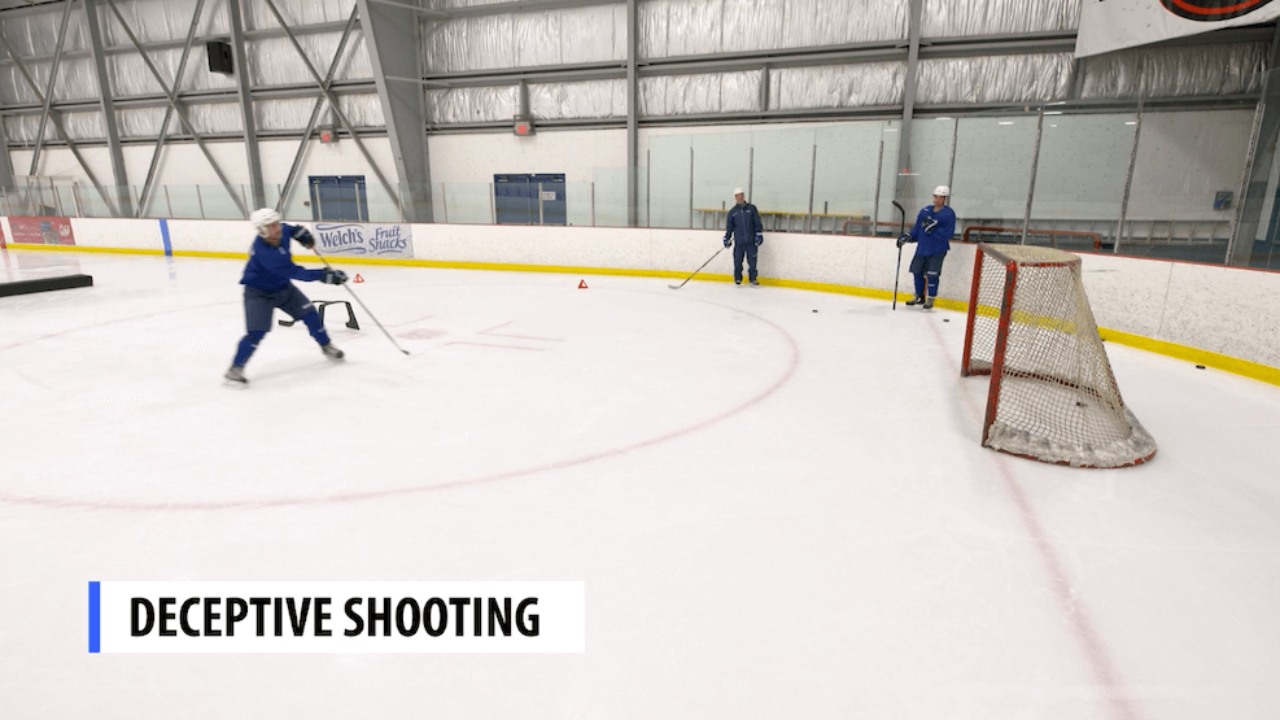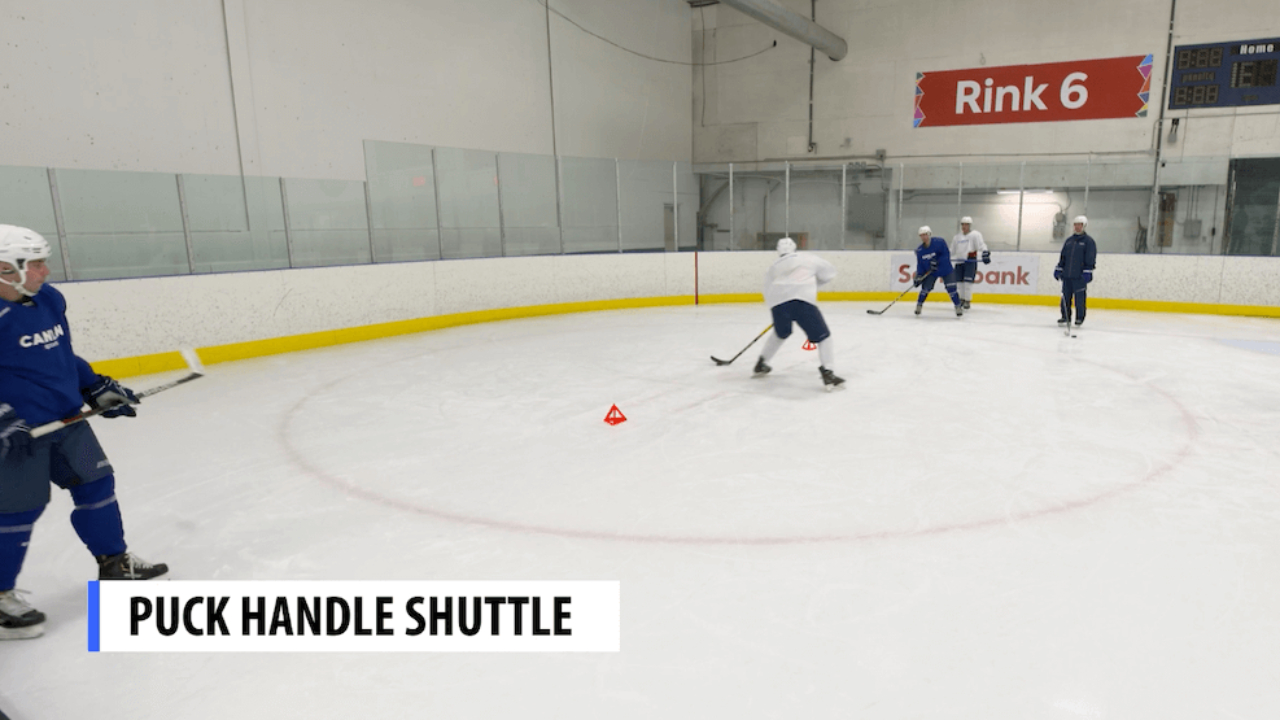Vilardi’s backhand goal wasn’t just a pretty finish. It was a demonstration of advanced micro-skill sequencing; receive, transition, load, and release all in one fluid motion.
In an NHL where defenders close faster than ever and goalies read pre-shot cues, the ability to release a puck from nothing is becoming a defining trait of elite scorers.
This was a perfect example.
Some goals look simple in real time, but only because the player performing them executes a flawless chain of micro-skills. Vilardi’s early third-period goal against Vancouver looks like a clean backhand finish, but it's actually a rapid, high-level sequence.
- one-touch reception
- an immediate forehand-to-backhand transition
- deceptive quick-release that beats both defender and goaltender before either can react
Pre-Contact Positioning
Elite finishes start before the puck arrives. As Vilardi moves into the slot, his knees are flexed, giving him balance and quick load potential. His hips are slightly open, ready to accept the pass across his body, and his stick blade is angled to absorb the puck rather than stop it, leaving the puck for optimal positioning for the shot.
Though he’s facing away from the net, this actually hides his intentions. Neither the defender nor the goaltender sees a traditional shooting posture.
One-Touch Reception
The key to the play is Vilardi’s first touch. Instead of cradling the puck, he uses a soft-contact reception that:
- Deadens the puck just enough for control.
- Let it glide inward under its own momentum.
- Sets up the transition without any extra stickhandling.
If he stops the puck flat, the defense collapses. The one-touch keeps the play alive.
Forehand-to-Backhand Transition
The transition happens during the same motion as the reception. As the puck arrives:
- His top hand subtly rotates.
- His bottom hand counters
- The blade lifts only a few millimeters, allowing the puck to roll across seamlessly.
There’s no second touch, the puck moves to his backhand faster than the defender can recognize where he is going to release it. The goalie still believes he’s looking at a forehand hold.
Why This Technique Was the Optimal Solution in Tight Ice
This wasn’t just a nice move, it was the correct move given the environment:
- He’s in a high-traffic area.
- Defender is closing.
- The goalie is reading forehand cues.
- Power-play structure collapses defenders inward.
- Time and space are minimal.
A stickhandle, drag, or forehand hold loses the opportunity.
The one-touch forehand to backhand quick release is the fastest way to create a shot from that body position, and Vilardi executes it with professional precision.
The one-touch forehand to backhand quick release is the fastest way to create a shot from that body position, and Vilardi executes it with professional precision.


